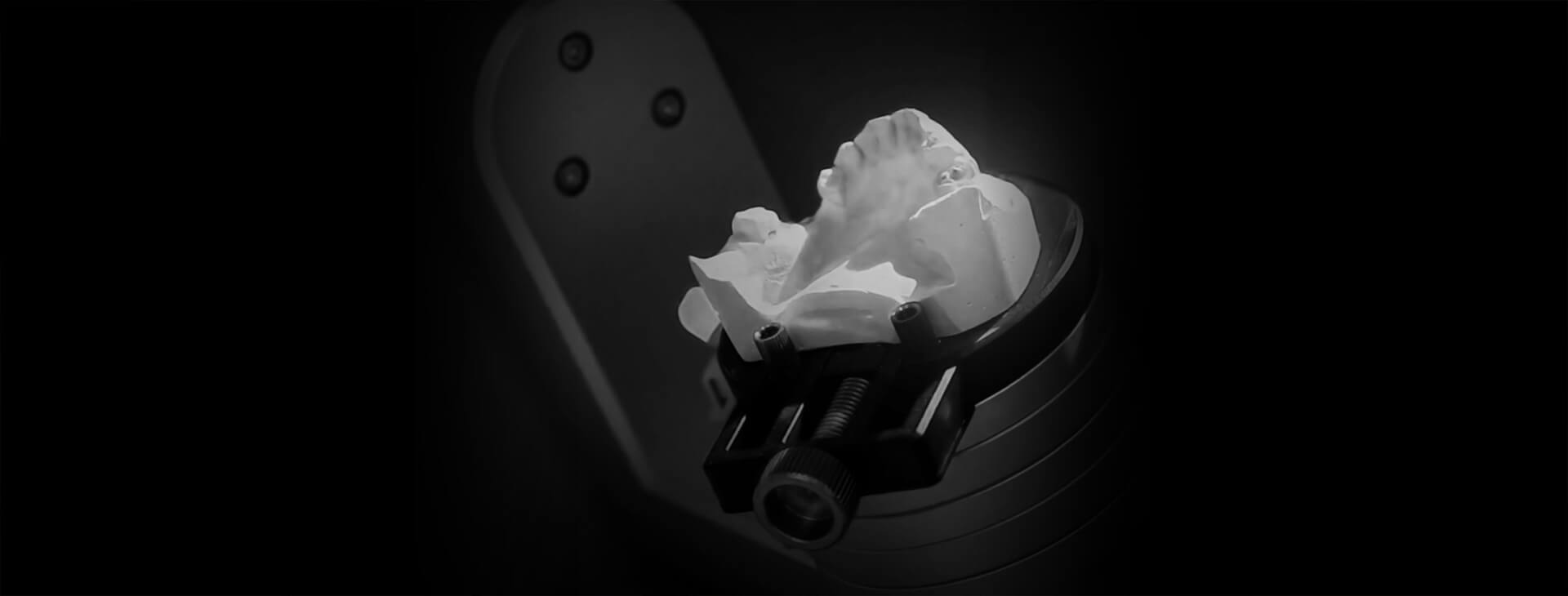What to consider when choosing impression methods
The jump from the analog impression to the digital one.
In the more recent years, technology had a remarkable impact on our daily lives and the way we conduct our work in various fields of interest. The digitalization of multiple processes has recorded an increase in interest and usage, whether we speak about sectors such as engineering, education, or, of course, health and dentistry altogether.
One of the most noticeable technological advances in dentistry has been the digitalization of the way dental professionals perform impressions. As a result, we went from having conventional analog impressions to obtaining a more accurate and safe result through digital impressions and state-of-the-art software.
Without a doubt, we have also seen a growth in the popularity of dental esthetic and prosthetic procedures in which the patients wish to reduce pain as much as possible, with results that can benefit both their oral health and masticatory functions, and their confidence when it comes to how visually appealing their smiles look like at first glance.
The CAD/CAM technology has enabled those goals to form, step by step, into the reality of dental procedures we can perform nowadays. Being viewed as a future-oriented and ever-evolving technique, this type of software has become extremely important for the work of many dentists and dental technicians. The question left standing is which impression is more effective and whether one can fully replace the other. Let’s look at some aspects that can influence the final decision when we talk about impressions.
Financial point of view
Using digitalized impressions and specific software can sometimes become a long-term commitment for dental professionals. The cost of using such technology and acquiring all the necessary means and equipment can be very expensive. In the span of time of using intraoral scanners, one might need to make annual investments when it comes to upgrades and regular service assistance. Looking at it, from this perspective, analog impressions are much more accessible and affordable in terms of costs, which is part of the reason why many practices still hold on to them.
Efficiency and accuracy point of view
Let’s talk hygiene. Analog impressions can take more time to disinfect and, as a result, traditional tools may increase the risk of contamination. Since there is no cast involved, digital impressions can be more efficient in terms of hygiene. When we speak of accuracy, these two types of methods have specific uses, and sometimes, one is more appropriate than the other, and vice versa. In the end, it’s all about the patient’s needs and the doctor’s preferred method.
Time management point of view
An important part of the dental sector is managing time and patients. When it comes to obtaining an impression on a various number of implants, the analogical impression loses some points. Analog impressions require doing a few additional steps, like managing the material and then transporting it to a lab without damaging or deforming it. It is far less time-consuming to use the digital method than it is to carefully remove the material from a patient’s mouth without disturbing its final form, look, and measurements.
Habituation and learning point of view
“Out with the old, in with new” is, more often than not, easier said than done. When it comes to digitalization methods, there are still many practices that may be less familiar with new technologies. This will ultimately result in the need for a significant learning curve. This aspect can also be tied to whether this method is needed or not in the context of some practices. Sometimes many factors need to be considered, such as patients flow, practice budget, and instruction of the medical personnel.
Conclusion
In the end, we believe there is one important thing to be kept in mind: no matter what you use in your dental practice, or whether you can easily embrace technological advances in dentistry or not – it’s all a technicality behind the expert’s curtain. It’s the patient’s health, in fact, that must be a priority and must be treated with utmost seriousness.
To learn more about the latest innovation in implantology, find out more on our website or follow us on social media – Facebook, Instagram, Linkedin, Twitter.
We are looking forward to hearing your notes and thoughts about this topic.
